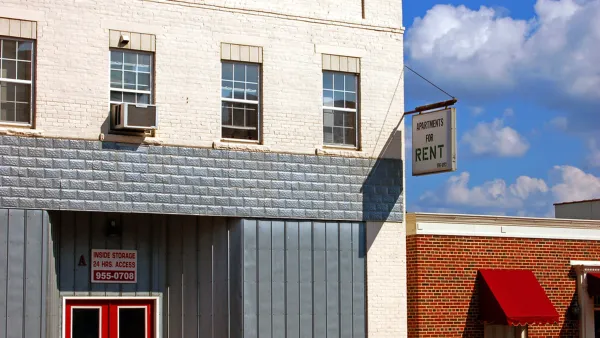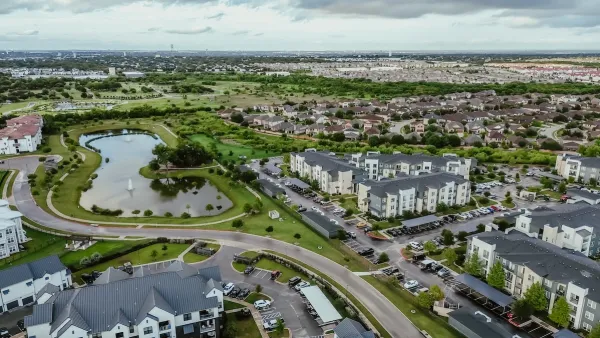The urbanist puts the blame for rising housing costs largely on landlords and property owners, arguing that much of the wealth created by modern capitalism is ‘plowed back into dirt.’

The dispersal of people from major cities during the pandemic could have reduced pressure on housing markets and lowered housing costs. In fact, writes Richard Florida in Bloomberg CityLab, “As knowledge and tech workers spread out in search of more space, housing prices and rents surged in once-affordable communities across the country” while mostly remaining unrelentingly high in big cities.
“Between December 2020 and December 2021, the median US home grew in value by $52,667, out-earning the median worker, who pocketed $50,000.” On the rental side, “Between May 2021 and May 2022, rents rose by more than 15% to an average of more than $2,000 across the nation as a whole.” Meanwhile, institutional investors are buying an increasingly larger share of housing units.
Paradoxically, “At the very time when technology promises to free us from the constraints of geography and open up more choices of places for people to live, real estate has become an even bigger constraint, with housing prices and rents rising across the board and especially in once-affordable parts of the country.”
To explain this, Florida uses Henry George’s theory on economics, which adds a third class of property owners or landlords to Marx’s classic analysis of capitalists and workers. Rather than capital taking surplus value from labor, George argues that “it is landlords who walk away with the surplus generated by both capital and labor.” Building on that theory, Florida argues that “Instead of driving more innovation and growth, the bounty from today’s knowledge economy is instead diverted into rising land costs, real estate prices and housing values,” keeping the fortunes of workers in an untethered, digital economy very much tied to the physical realm.
FULL STORY: How the ‘Rise of the Rest’ Became the ‘Rise of the Rents’

National Parks Layoffs Will Cause Communities to Lose Billions
Thousands of essential park workers were laid off this week, just before the busy spring break season.

Retro-silient?: America’s First “Eco-burb,” The Woodlands Turns 50
A master-planned community north of Houston offers lessons on green infrastructure and resilient design, but falls short of its founder’s lofty affordability and walkability goals.

Delivering for America Plan Will Downgrade Mail Service in at Least 49.5 Percent of Zip Codes
Republican and Democrat lawmakers criticize the plan for its disproportionate negative impact on rural communities.

Test News Post 1
This is a summary

Test News Headline 46
Test for the image on the front page.

Balancing Bombs and Butterflies: How the National Guard Protects a Rare Species
The National Guard at Fort Indiantown Gap uses GIS technology and land management strategies to balance military training with conservation efforts, ensuring the survival of the rare eastern regal fritillary butterfly.
Urban Design for Planners 1: Software Tools
This six-course series explores essential urban design concepts using open source software and equips planners with the tools they need to participate fully in the urban design process.
Planning for Universal Design
Learn the tools for implementing Universal Design in planning regulations.
EMC Planning Group, Inc.
Planetizen
Planetizen
Mpact (formerly Rail~Volution)
Great Falls Development Authority, Inc.
HUDs Office of Policy Development and Research
NYU Wagner Graduate School of Public Service





























